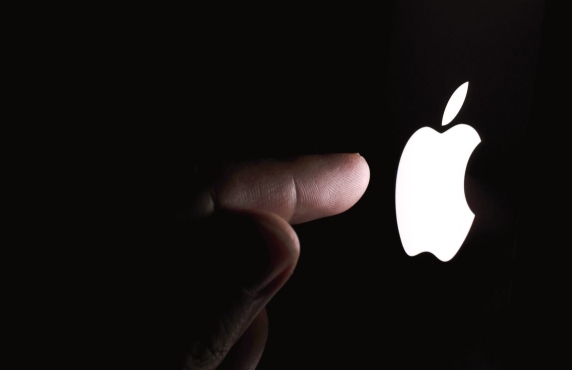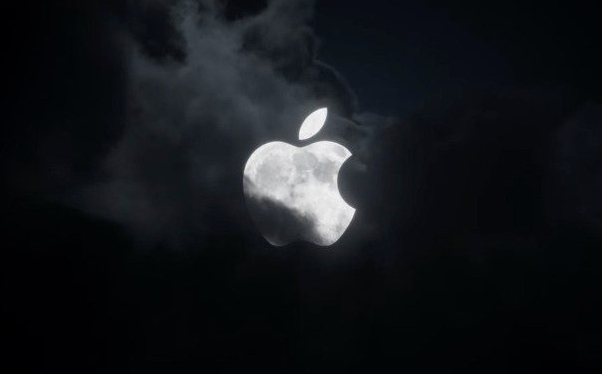To manually enable Do Not Disturb on a Mac, click the bell icon in the top-right corner and select Do Not Disturb, indicated by a moon icon in the menu bar, and disable it the same way when done. 2. To schedule Do Not Disturb automatically, go to System Settings > Notifications > Focus > Do Not Disturb, enable Schedule, and set preferred days and times, such as daily from 10 PM to 7 AM. 3. Customize Do Not Disturb by allowing repeated calls, permitting alerts from specific contacts, showing alerts on Home & Lock Screen, or creating custom Focus modes with tailored notification filters, all within the Focus settings, ensuring minimal distractions while maintaining important access when needed.

Setting up Do Not Disturb on a Mac is simple and helps minimize distractions by silencing notifications. Here’s how to do it, with options for manual and scheduled use.

Turn on Do Not Disturb manually
You can quickly enable Do Not Disturb when you need quiet time:
- Click the Notification Center icon in the top-right corner of your screen (it looks like a bell).
- At the top of the Notification Center panel, click Do Not Disturb to turn it on.
- The moon icon will appear in the menu bar, indicating it’s active.
- To turn it off, click the bell icon again and toggle Do Not Disturb off.
While active, your Mac won’t display banners or play sounds for notifications—though alerts are still saved and can be viewed later.

Schedule Do Not Disturb automatically
If you want Do Not Disturb to turn on at certain times (like during sleep hours or work blocks), you can set a schedule:
- Open System Settings (or System Preferences on older macOS versions).
- Go to Notifications (or Notifications & Focus in newer versions).
- In the left sidebar, select Focus, then choose Do Not Disturb.
- Toggle on Schedule.
- Click Add Schedule (or edit the existing one) and set:
- Days of the week
- Start and end times
- Option to turn on when mirroring to TVs (if applicable)
For example, you might set it to run daily from 10 PM to 7 AM.

Customize Do Not Disturb settings
You can fine-tune what happens during Do Not Disturb:
- Allow calls: Choose whether repeated calls get through (useful for emergencies).
- Allow alerts from specific people: Set contacts whose messages can still notify you.
- Show in Home & Lock Screen: Control whether alerts appear on connected Apple devices.
These options are found in the same Do Not Disturb settings under Focus.
You can also create custom Focus modes (like Work or Sleep) that include Do Not Disturb behavior with additional app and notification filters.
Basically, turning on Do Not Disturb is just a click away, and scheduling it ensures you stay focused or rested without thinking about it.
The above is the detailed content of How to set up Do Not Disturb on a Mac?. For more information, please follow other related articles on the PHP Chinese website!

Hot AI Tools

Undress AI Tool
Undress images for free

Undresser.AI Undress
AI-powered app for creating realistic nude photos

AI Clothes Remover
Online AI tool for removing clothes from photos.

Clothoff.io
AI clothes remover

Video Face Swap
Swap faces in any video effortlessly with our completely free AI face swap tool!

Hot Article

Hot Tools

Notepad++7.3.1
Easy-to-use and free code editor

SublimeText3 Chinese version
Chinese version, very easy to use

Zend Studio 13.0.1
Powerful PHP integrated development environment

Dreamweaver CS6
Visual web development tools

SublimeText3 Mac version
God-level code editing software (SublimeText3)
 How to Remove Old Devices from Apple ID on Mac
Jul 07, 2025 am 09:08 AM
How to Remove Old Devices from Apple ID on Mac
Jul 07, 2025 am 09:08 AM
If you've owned multiple Apple devices over the years, you might find yourself in a situation where some of those older Macs, iPhones, iPads, or other Apple hardware have been sold, given away, or traded. No matter how they left your possession, it's
 How to Play Fortnite on Mac with FnMacAssistant & Sideloadly
Jul 05, 2025 am 09:21 AM
How to Play Fortnite on Mac with FnMacAssistant & Sideloadly
Jul 05, 2025 am 09:21 AM
Fortnite is once again available for iPhone and iPad users, bringing joy to many gamers. However, there's still no official version for Mac (at least not yet). Despite that, Apple Silicon Mac owners aren’t completely out of luck—you can run the iOS/i
 How to Enable iCloud Private Relay on Mac
Jul 05, 2025 am 09:36 AM
How to Enable iCloud Private Relay on Mac
Jul 05, 2025 am 09:36 AM
iCloud Private Relay is an excellent privacy feature included with the iCloud subscription, designed to safeguard your online activity and browsing by masking your IP address (using a temporary one) and encrypting DNS lookups. This prevents third pa
 How to Make MacOS Sequoia Feel Faster: Tips to Speed Up Slow MacOS
Jul 05, 2025 am 09:28 AM
How to Make MacOS Sequoia Feel Faster: Tips to Speed Up Slow MacOS
Jul 05, 2025 am 09:28 AM
macOS Sequoia is a solid operating system that brings some impressive features like iPhone Mirroring, and while performance is excellent for many users, not everyone experiences the same level of speed. If you're finding macOS Sequoia slower than pre
 How to See All Links Shared in Messages on iPhone & iPad
Jul 05, 2025 am 09:31 AM
How to See All Links Shared in Messages on iPhone & iPad
Jul 05, 2025 am 09:31 AM
If you frequently use iMessage, then you've likely shared numerous web links in your chats — maybe an article, a video, a tweet, a song, or anything else. Locating these links later can be quite frustrating, but thankfully there's a simpler method th
 Create a MacOS Tahoe 26 Beta VM with Three Commands in Terminal Using tart
Jul 06, 2025 am 09:28 AM
Create a MacOS Tahoe 26 Beta VM with Three Commands in Terminal Using tart
Jul 06, 2025 am 09:28 AM
Advanced Mac users familiar with the command line can swiftly set up a MacOS Tahoe 26 beta virtual machine by entering a few commands into Terminal, using tart. Tart is a command-line utility for managing virtual machines and offers one of the quicke
 WindowServer Quit Unexpectedly: How to Fix It on Mac Air/Pro?
Jul 05, 2025 am 09:17 AM
WindowServer Quit Unexpectedly: How to Fix It on Mac Air/Pro?
Jul 05, 2025 am 09:17 AM
What is WindowServer and why is it importantWindowServer is a core macOS process that manages how apps and windows appear on screen. It handles GUI rendering, controls internal and external displays, and enables all vis
 iOS 15.3 Beta 2 & iPadOS 15.3 Beta 2 Released for Testing
Jul 06, 2025 am 09:25 AM
iOS 15.3 Beta 2 & iPadOS 15.3 Beta 2 Released for Testing
Jul 06, 2025 am 09:25 AM
While Apple has just made iOS 15.2.1 and iPadOS 15.2.1 available to all users, they have also rolled out the second beta of iOS 15.3 and iPadOS 15.3 for those participating in Apple's beta testing programs for mobile operating systems.In addition, ne






